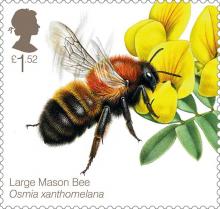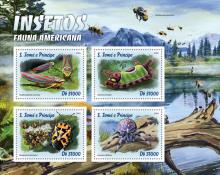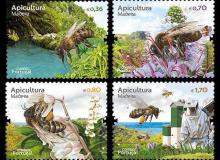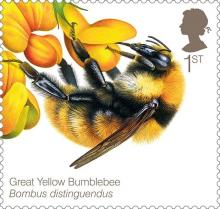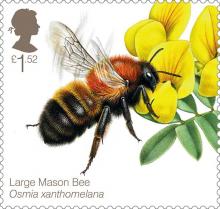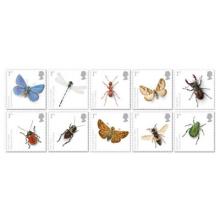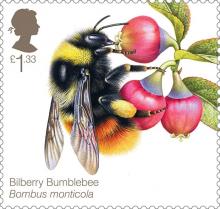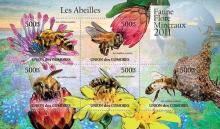Artensterben im Landkreis Ebersberg
- Lees meer over Artensterben im Landkreis Ebersberg
- Login om te reageren
Eidechsen, Mauersegler, Schwalben, Fledermäuse und verschiedene Schmetterlingsarten sind nur ein Teil der Tiere, die im Landkreis Ebersberg immer seltener anzutreffen sind und irgendwann, wenn nichts dagegen unternommen wird, vielleicht gar nicht mehr. Inzwischen ist es etwas Besonderes, wenn Tagpfauenaugen und Distelfalter durch den Garten flattern. Der Sommerflieder, auf den sich in den letzten Jahren immer mehrere Exemplare niederließen, lockt nach heutigen Zählungen höchstens einen Schmetterling am Tag an. Auch Hummeln werden immer seltenere Gäste.

